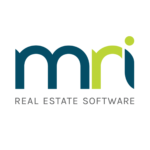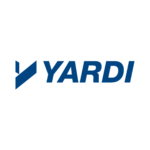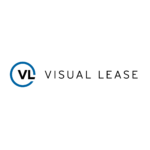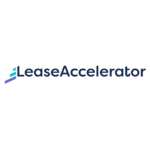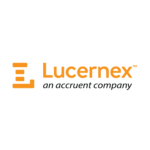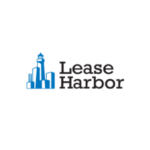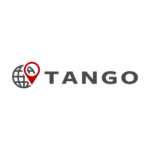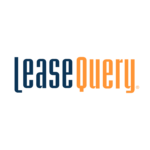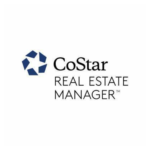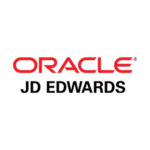Lease portfolio management is one of the most important business functions irrespective of your industry vertical. Staying on top of your lease portfolios is a must but it is easier said than done! And, it is even more challenging if your lease portfolios include leases that are spread across multiple geographical areas, run into hundreds of pages and have many amendments or addendums. This blog discusses the key elements which help make your lease portfolio management process a success.
Accurate lease abstracts
One of the key elements for successful lease portfolio management is having accurate lease abstracts of all the leases in your portfolio. A lease abstract condenses the key financial and non-financial information contained in the lease and provides it to you in an easy-to-understand and consumable format, as and when needed. Plus, lease abstracts help bring a great degree of consistency to your lease portfolio. When it comes to leases, it is not an exaggeration to say that each lease is unique. Unless you have a Master Level Agreement (MLA), no two leases of yours will be the same. There will be variations in key lease terms, obligations and even the same line items could be worded or referred to differently. Lease abstracts help you standardize all of these and provide you with a common format for all your leases. This makes it easier for you to compare your leases and drive key business decisions based on ROI. Lease abstracts are especially important if you have a large lease portfolio consisting of a number of leases panning across various locations. If your lease portfolio is multilingual, meaning having leases drafted in different languages, having standardized lease abstracts becomes even more important as they help bring all your leases on the same page.
Lease abstract template
Now that we have established the importance of lease abstracts in the lease portfolio management process, let’s move on to lease abstract templates for they determine how useful your lease abstracts are going to be. Your lease abstract template is the backbone of your lease abstraction efforts, You need to ensure that your abstraction template captures all the relevant information. While some core fields such as rent, options, key dates, etc., are needed irrespective of what industry you belong to, there may be fields that are important for your business or industry in particular. Apart from such fields, there may be certain, less common clauses in some leases that must be captured. So, the first step to ensuring your lease abstracts serve their purpose and are capturing the right data is being able to identify what data matters to you and then having a lease abstract template that caters to your needs by capturing that information
Lease Audits
Once you sign off on the two elements discussed above, namely lease abstracts and lease abstract templates, the next step is lease audit. The term, lease audit, refers to auditing of a lease abstract in the light of the original lease documents. Lease audits are usually required if your lease abstracts are older and your leases have been amended or renewed since the original lease was abstracted. If the leases were amended or any addendums were made to them at a later date, you would want to ensure that the lease abstracts reflect the most recent information, which won’t be the case if the lease abstraction was done before the amendment/addendum was executed.
Lease administration software
You cannot stay on top of your lease portfolio without a lease administration software. Spreadsheets are great to track data in general, but to manage your lease portfolio efficiently you need much more than spreadsheets. Lease management has very specific requirements including the need to meet compliance regulations, critical date monitoring and alerts, timely notifications and multiple report generation for different user personas such as the finance department, real estate department, legal department and others, which can be met only by . Lease administration software platforms. Lease administration platforms make it easier for for you to keep track of your leases efficiently, manage lease obligations effectively, and stay on top of your lease portfolio consistently.
Learn more in this blog post
Here’s a quick analysis of top 10 lease administration platforms for 2022.
Resources
Lease portfolio management is not a one-time task. It is an ongoing process involving several moving parts and tight timelines. At the same time, there are some aspects of lease portfolio management that demand a lot of time initially and then, only minimal investment of time, on an ad-hoc basis. Lease abstraction is one such element. You will need accurate and comprehensive abstracts of all the leases in the lease portfolio in order to manage your lease portfolio efficiently. However, once the lease abstracts are ready and entered into your lease administration software platform, they’ll most likely only need to be updated in the event of any amendment to the original lease agreement. But, there are other elements in the lease management process that require consistent attention, such as CAM reconciliation, critical date monitoring, invoice processing, etc. Organizations are often short-staffed when it comes to this as a result of which organizations fall behind on tasks like invoicing, reconciliation, CAM audits, and other timely updates., Outsourcing lease administration functions fully or even partly to a trusted lease administration company can help organizations stay on top of their lease portfolios and, at the same time, enjoy more cost-efficiency, scalability, and flexibility.
Learn more about how you can scale your lease portfolio management process by leveraging the outsourced lease administration model
Rebolease.com, powered by RE BackOffice, Inc., is a premier provider of lease abstraction, administration, audit, and accounting services. Headquartered in Pittsburgh, PA, we are a global boutique firm, providing high-quality services to top-tier clients across industry verticals, covering every type of lease and on any lease platform. We are proud to be a trusted partner, for 15+ years, to leading retailers, REITs, property owners/managers, and corporate accounts seeking strategic advantage. All client projects are performed in-house.


